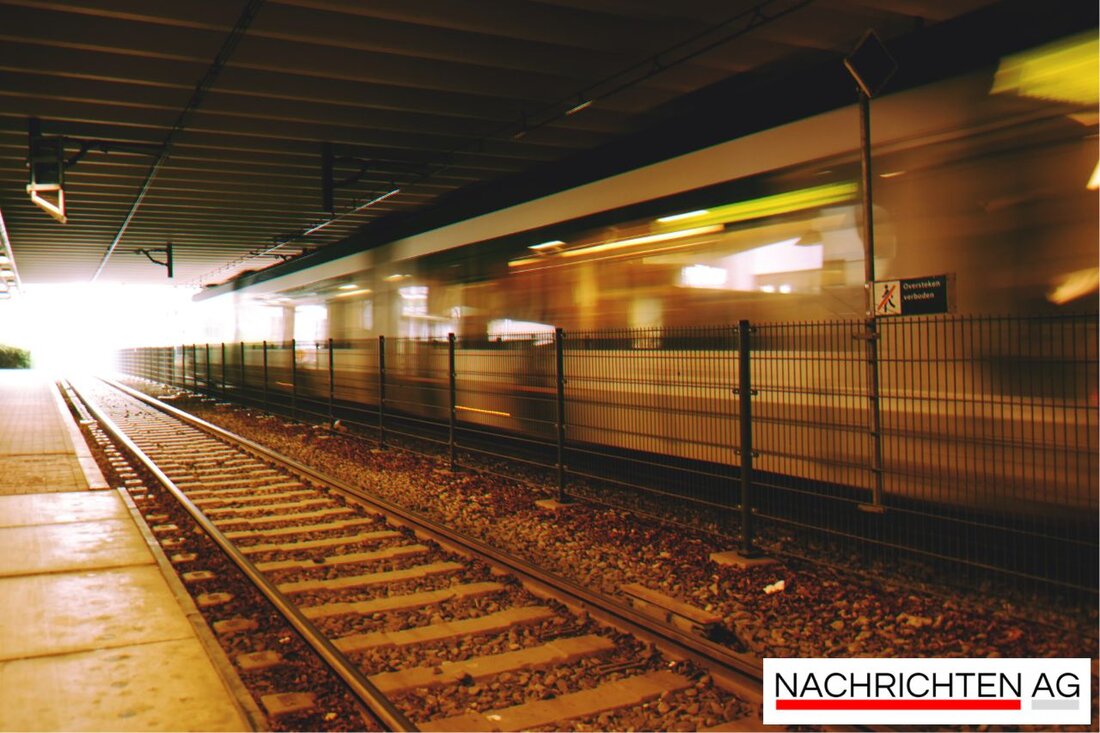Leipzig's Parkbogen Ost: Green leisure paradise for everyone!
The Parkbogen Ost in Leipzig, once a railway line, will be transformed into a green active belt for pedestrians and cyclists by 2024.

Leipzig's Parkbogen Ost: Green leisure paradise for everyone!
The idea for Parkbogen Ost emerged from civil society in 2011 and aims to create a green oasis in Leipzig. The park arch will run on a former railway line and will serve as a pedestrian and cycle path after part of the eastern railway arch was closed due to the construction of the City Tunnel and adjustments to regional transport. Citizens saw this as an opportunity to repurpose the disused route and thus increase interest in the east of Leipzig and improve the quality of the living environment, as MDR reports.
In 2013, the project was officially accepted by the Office for Urban Renewal and Housing Promotion of the City of Leipzig. Initial plans were presented during community workshops in April and June 2015 under the title “Parkbogen Ost – from railway areas to green active belt”. The park arch stretches for around five kilometers from the Grassi Museum to the main train station. A highlight of the project will be the section of the disused S-Bahn line and the impressive railway viaduct in Sellerhausen.
The concept of the green active band
As a central element, the East Park Arch connects the districts of Reudnitz, Anger-Crottendorf, Stötteritz, Sellerhausen, Schönefeld and Zentrum-Ost. Particularly noteworthy is the high-altitude cycle path over the 250-meter-long viaduct, which will offer visitors an extraordinary view. The project is based on the model of the High Line Park in New York, which was rebuilt from 2006 to 2014. The planning and implementation of the first section, the Sellerhäuser Arch, was initiated in 2017 through an architectural competition, with the Berlin office SINAI being awarded the best design, as reported Ökoloewe.
The total cost of the project is estimated at around 41 million euros, with the Federal Ministry of Construction providing 3.3 million euros. Renovation costs for the Sellerhäuser Arch are expected to be between 12 and 16 million euros. However, the current investigation into the structural condition of the bridges and viaduct raises the question of whether partial or complete renovations will be necessary.
Future developments
The construction decision for the eastern section was already approved by the city council at the April 2022 meeting; the construction period is from 2021 to 2024. A total of 11.2 million euros will be invested, of which 6.3 million euros will come from funding. Other planned measures include attractive greenery, widening the route and converting former train platforms to create new places to stay and relax. Barrier-free ramps and stairs ensure a connection to neighboring neighborhoods in order to make the park arch accessible to people with mobility restrictions.
An important prerequisite for the success of the project is improving the connection to the rest of the transport network. For this purpose, the cycle path in Lene-Voigt-Park will be widened or separated. For the so-called “Nordspange”, which is supposed to run from Sellerhausen train station to the main train station, there are two variants in the master plan that are to be decided in the future. Shifting cycling traffic to the Parkbogen Ost could also help to relieve road traffic in the east of Leipzig and close an important gap in the cycling network.

 Suche
Suche
 Mein Konto
Mein Konto
